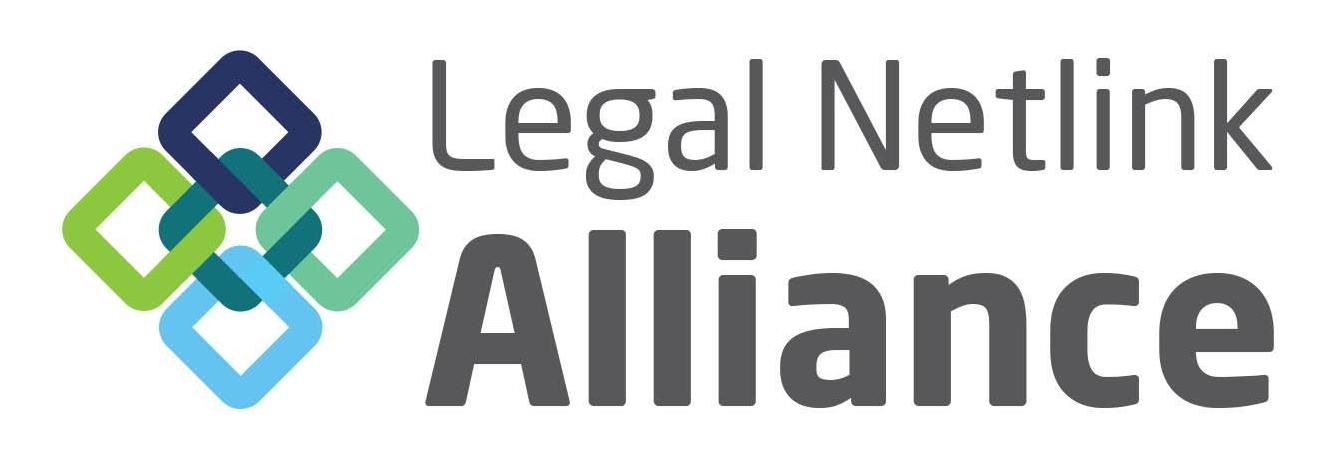Legal status of blockchain signatures is affirmed
Ohio’s Data Protection Act is also one of the first laws in the country to recognize documents secured by blockchain technology as legal documents. An amendment to the Act updated Ohio’s existing Uniform Electronic Transactions Law to now state that “a record or contract secured through blockchain technology is considered to be in an electronic form and to be an electronic record.”
Generally speaking, “blockchain technology” is what underlies the rapidly growing cryptocurrency market. Cryptocurrencies – the most popular of which at the moment is bitcoin – are virtual currencies that exist peer-to-peer. They were initially developed as a means of fixing perceived flaws with the way money is transmitted from one party to another. Apparent flaws include the amount of time it can take a cross-border financial transaction to clear, as well as the costs of a financial transaction.
Blockchain technology, then, is the digital and decentralized public ledger that records all transactions. Any time someone does anything with cryptocurrency, this virtual ledger tracks the transaction and encrypts it, to protect it from cybercriminals. But because blockchain is “decentralized,” meaning it is controlled by users and computer algorithms rather than a centralized bank, there is not one specific hub that stores all transaction data. Rather, it is stored in bits and pieces across the world. The transactions are distributed and recorded across multiple computers, ensuring there are multiple copies to prevent altering a transaction record. This allows the ledger to be easily verifiable despite being decentralized.
Recognizing documents that are part of blockchain transactions as “legal documents” will likely help to legitimize the technology in Ohio. Though blockchain has most frequently been tied with cryptocurrencies, proponents of the technology have indicated that blockchain could be very useful in other industries, including finance, health care, real estate, and supply chain management.



